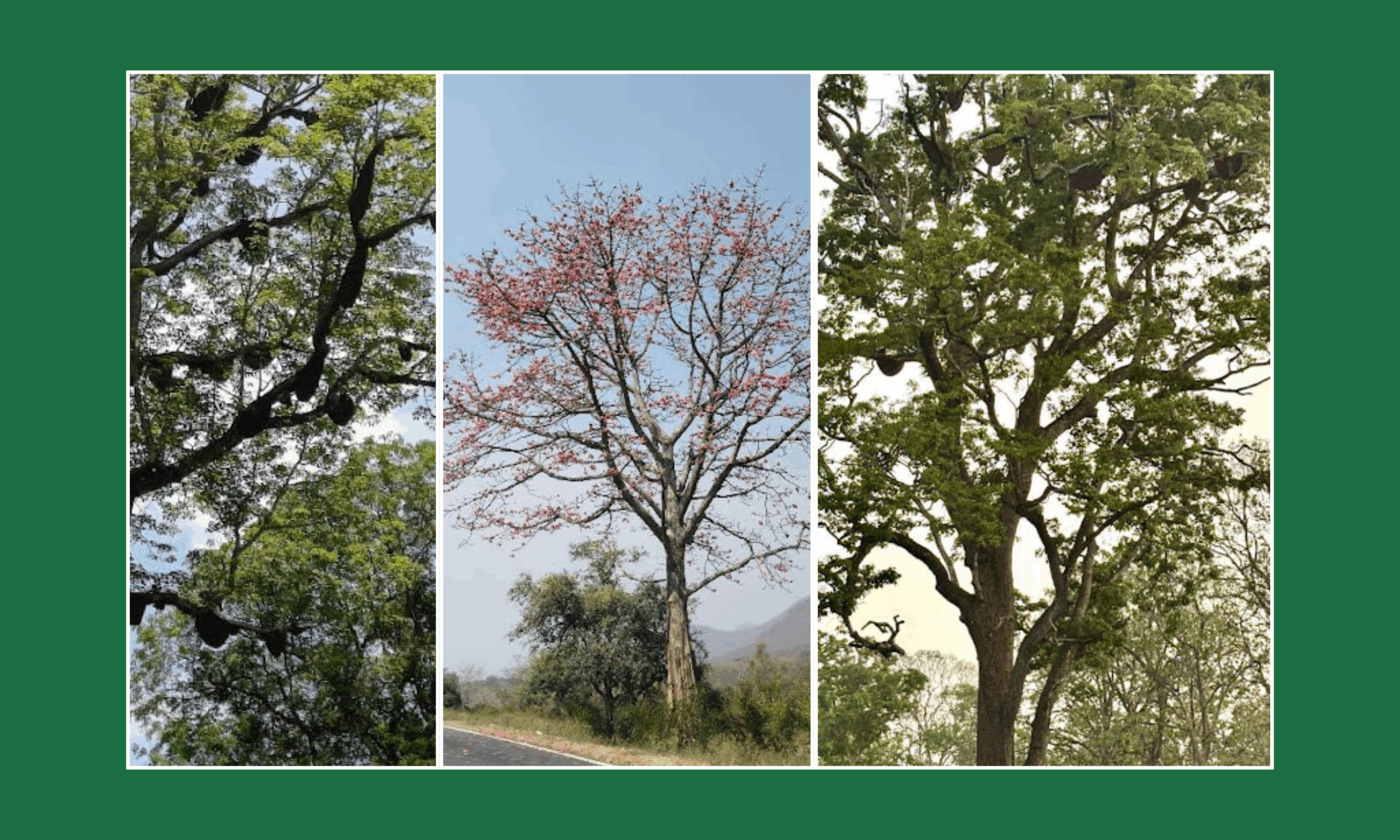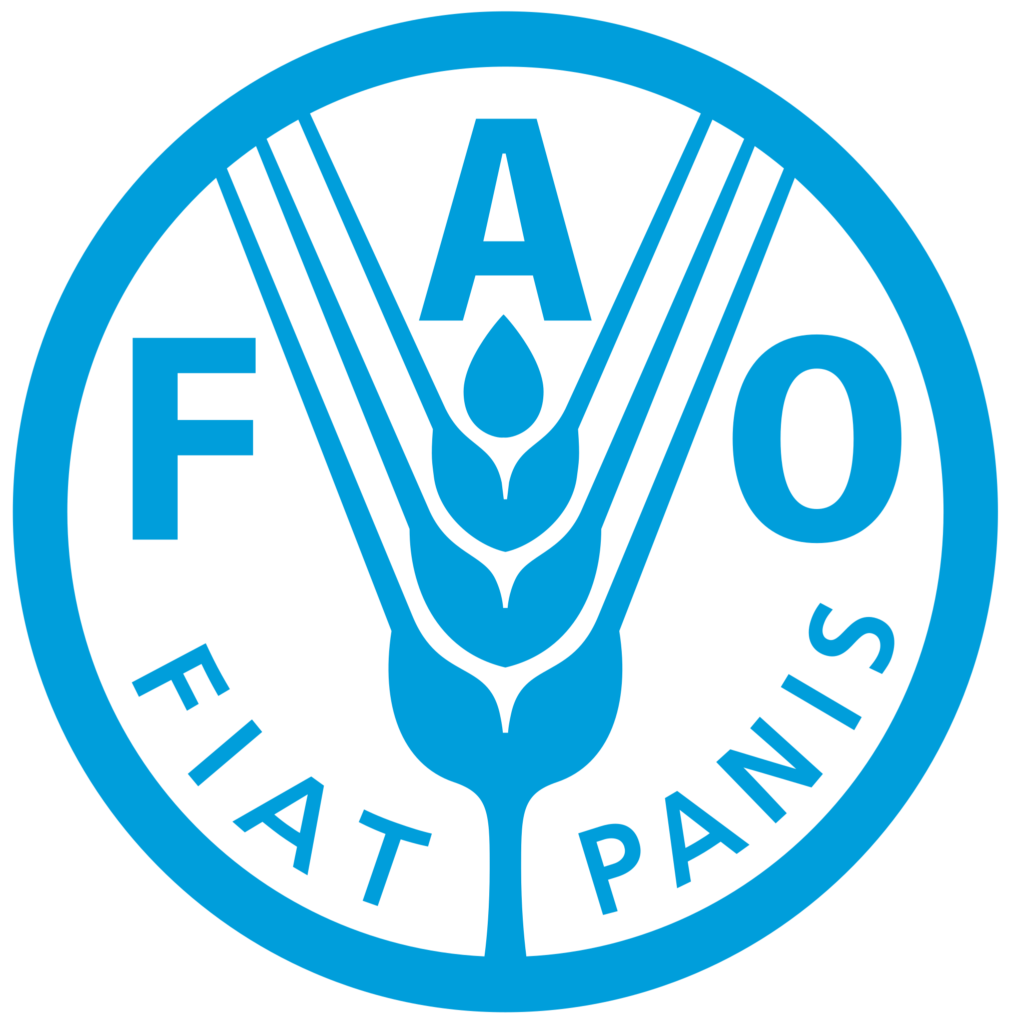By Sophie Bernstein, Shansi Fellow, Biodiversity Conservation
On November 19th, students from The Lawrence School, followed by students from the Chamraj School on November 26th, 2024, visited one of Keystone’s restoration sites, the Panapara Tea Estate in the Nilgiris. The events started off with a thorough explanation of the estate and its environment. This included conversations on the estate’s biodiversity, emphasising the importance of native plants and the threat invasive species pose to the ecosystem as a whole.
The students were able to see the wild gaur living in the estate and learned about the gaur’s recent migration to the Nilgiris due to the lack of available plant foods in the plains. Students also got a tour of Panapara’s nursery, where they learned how native plants are cultivated for restoration work. Following the tour of the nursery, there was a special bee box demonstration where students learned about a bee’s role in pollination as they viewed the inside of the beehive. The next portion of the visit was a planting workshop where each student was able to plant their own patch of the native grass Chrysopogon at the restoration site. The students then explored the native species planted across the estate and were each assigned their own plant to conduct phenology observations during their next visit.


All photos taken by Sophie Bernstein.


















